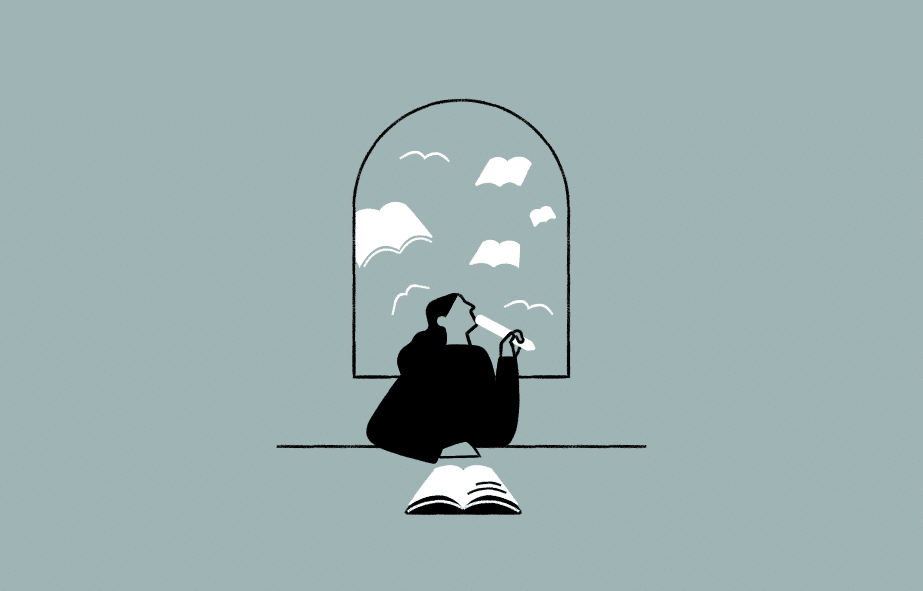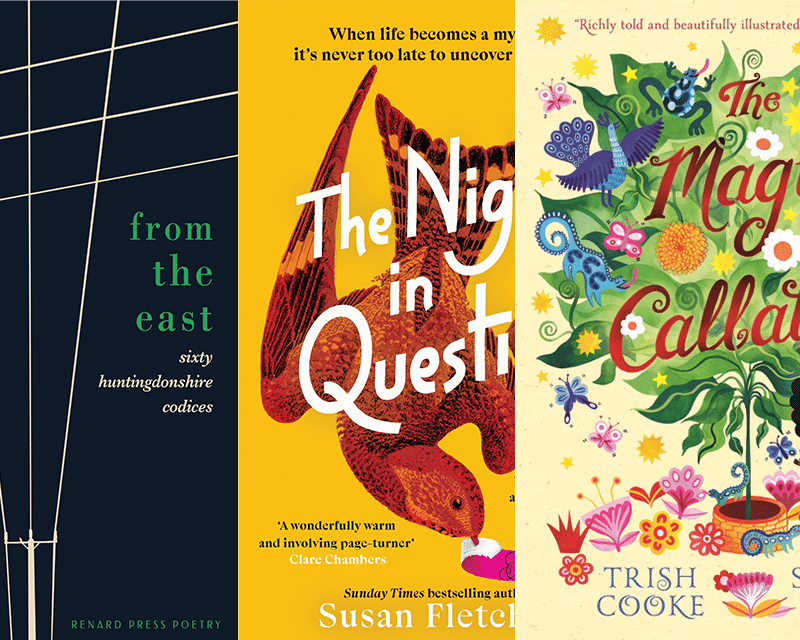- Collected
- Article
Two For the Road Revisited
How watching films can change your life

- 8 January, 2018
- Marcy Kahan
I am about to do something reckless and bodacious: I plan to insert a disc into the DVD player and revisit a film which I last saw when I was fourteen years old. The film is Two for the Road (1967). Frederic Raphael wrote the witty and ingeniously structured screenplay; Stanley Donen directed it with panache; the actors were glamorous and funny: Audrey Hepburn and Albert Finney.
Whenever I am asked what made me become a writer of urbane comedies I always mention the work of the usual suspects: Noel Coward, George S. Kaufman and Moss Hart, and this relatively obscure 1967 road movie. Coward has remained an enduring hero: I’ve written six plays about him for BBC R4. Kaufman and Hart’s The Man Who Came to Dinner is still one of my favourite plays. But will Two For the Road prove to be as exhilarating and inspiring nearly fifty years on? Is it wise to revisit the works of art that once enthused us? Might it be better for them to remain imperfectly reconstructed in the depths of our cerebral cortex?
I insert the disc. It whirrs into place; the DVD player lights up. What’s the worst that can happen? It might be analogous to lunching with a cherished old friend and discovering, with dismay, that one is counting the seconds until one can decently flee. But I am feeling robust. And curious. Here goes.
Wait a second. I’ve just thought of something. Before watching it again, I need to formalise the experiment. I need to clarify which elements impressed me as a teenage playwright. I make a list: 1) a radical and original structure; 2) crafted and sophisticated dialogue; 3) a sure-footed ambivalence – both romantic and cynical – regarding love and marriage.
I press Play. And I am instantly reminded of one of the film’s chief pleasures: the evocative soundtrack by Henry Mancini. But what is the instrument that establishes the opening delicate notes? I press Pause and email the playwright and Broadway recording producer Bill Rosenfield, who has an encyclopaedic knowledge of the performing arts.
Me: ‘Which instrument(s) plays the opening notes of the Two For the Road soundtrack
Bill: [Ten minutes later] ‘Vibraphone. With a soft stick.’
Now that that mystery has been cleared up I can enjoy the film. I press Play and watch it in one sitting. I am entertained and moved.
Here are my conclusions:
I find the structure as remarkable and original as I did on first viewing. Two For the Road is set over twelve years, portraying the marriage of Mark and Joanna Wallace. Mark is a workaholic architect, Joanna an increasingly bored housewife and mother. The screenwriter, Frederic Raphael, made two bold decisions: we see Mark and Joanna only on holiday trips to France and the chronology of their story is audaciously jumbled. We watch them in the continuous present, punctuated by jump-cuts to five key stages of their marriage: first meeting on a channel steamer and courtship on the road; a station-wagon trip early in their marriage with Mark’s American old flame and her efficiency expert husband; a holiday in an unreliable MG when Joanna announces that she is pregnant; a trip with their toddler, Caroline, where Mark is consumed with work and Joanna distracted by an affair with a French playboy; and a final framing journey to the south of France, via channel air ferry and a white Mercedes, which finds them strained yet still besotted with each other.
When explicated, this scenario sounds complicated to the point of incoherence. In the commentary to the Masters of Cinema DVD, Stanley Donen reports that the experimentalism of the structure frightened off many studio executives. But on screen, with the help of a ludicrous woollen hat for Mark in the courtship scenes, changes of hairstyle for Joanna as well as the panoply of differentiated cars, the story remains clear. It illustrates the potency of elimination in works of art: while focusing on the couple in holiday mode the details of their changing lives back home are deftly filled in by our imaginative engagement. As Mark becomes more successful in his architectural practice, we don’t need to be told that Joanna has left the unspecified job which she alludes to in an earlier sequence and is now ensconced in a large house in London, her days filled with supervising the nanny, shopping and yoga.
The artificiality of the dialogue is still strikingly effective. The screenplay of Two for the Road was published by Jonathan Cape in 1967, with a somewhat defensive assertion on the dust-jacket flap that it ‘deserves separate recognition for its merit as a work of fiction’. A perusal of the screenplay reveals that the couple’s twelve-year conversation is characterised by repetition, concision, and contradiction, as in this exchange about Mark’s chief patron:
Mark: You’re entirely too suspicious of Maurice. What harm’d he ever do us? Joanna: He hounds us. Mark: Hounds us? Joanna: He hounds us. Mark: Nonsense.
Or this one, where a young Mark and Joanna observe a couple having a furious row behind a glass window:
Joanna: What do people have rows about? Mark: Money. Sex. Sex. Money. He wants. She doesn’t want. Joanna: She wants. He doesn’t want.
Just before they make love for the first time, they observe a morose couple in a café:
Mark: What kind of people just sit in a restaurant and don’t say one word to each other? Joanna: Married people? He grins and takes her hand and they go upstairs.
This observation becomes a kind of mantra for their relationship. Mark may agree to marry Joanna with reluctance (even if she is played by the irresistible Audrey Hepburn) but they have this shared understanding that throughout all the working days and nights of their time together, they must never stop conversing, even if the conversation is sometimes filled with anguished objections or sniping silences.
There is one element of the film that delighted me all those years ago but that I hadn’t ever explicitly appreciated: its cartoonish quality. This is most apparent in the frenetic holiday where Joanna and Mark share an over-packed station wagon with a humourless American duo — played with deadpan precision by Eleanor Bron and William Daniels — and their insufferable child. In 1969, the American film critic Pauline Kael singled out these sequences as an unfortunate example of what she called ‘revue humour’, an offshoot of college sketch shows where ‘the satire is thin and the thinness is the essence of the joke’. It took another twenty years for The Simpsons to establish the legitimacy of cartoonish humour as a potent and all-encompassing genre. I was delighted to discover that episode five of Series 20 of The Simpsons is called Dangerous Curves, a homage to Two for the Road in its retrospective of Marge and Homer Simpson’s marriage via their road trips.
What of the film’s portrayal of love and marriage? Mark is the busy one with the schedule and the professional accolades; Joanna is the stylish but increasingly bored non-working wife. No wonder she nags. No wonder she goes off briefly with a taciturn Frenchman, who is the very opposite of her portly, straight-talking husband. This is the aspect of the piece that has worn least well. But there is a tremendous emotional truthfulness about human intimacy in both the writing and the acting. In 1967, the film was officially labelled as ‘Suggested for Mature Audiences’ because of its unrepentant portrayal of premarital sex. In 2017, Two For the Road can be recommended for adult audiences who like to remain alert and engaged during every frame of a feature film and also for fourteen-year-old playwrights needing confirmation that a work of art can be comic, romantic, non-linear, very silly and very sophisticated — and filled with human insight.
You might also like:
No facts, only versions
Memoirs are as much about what is excluded as what is included. This edition examines how you can evoke the…
RLF Fellows’ News: April 2024
Publishing News RLF Fellow Trish Cooke’s new children’s book, The Magic Callaloo, is set to be published by Walker Books…
Susan Fletcher on outsiders in fiction – literal and imagined
I’ve always known that I’ve preferred to be outside. To be an outsider – literally, and, specifically, amongst wild places…


